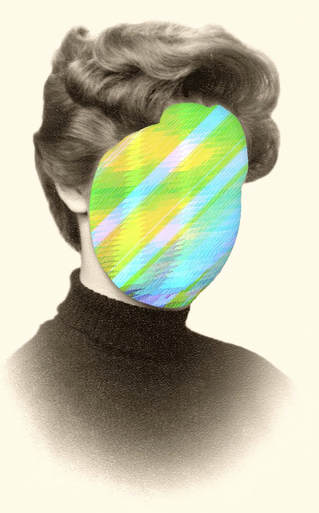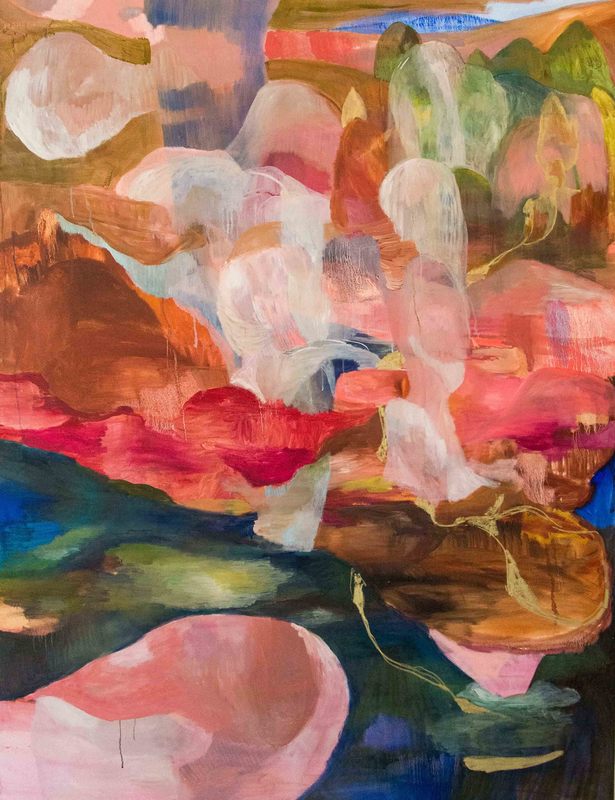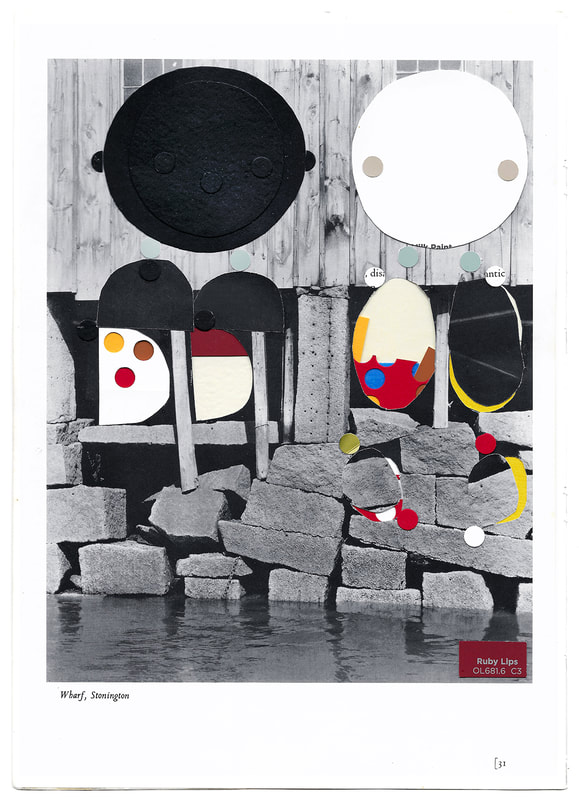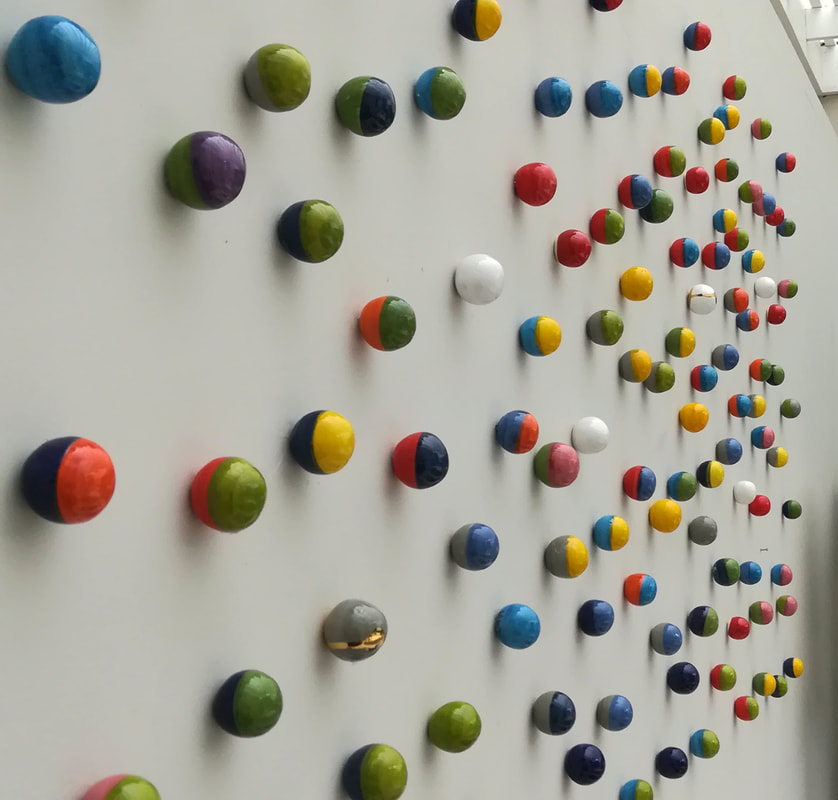
Pinta Miami (December 5 to 9, 2018) is the first fair, operating during Miami Art Week, to focus entirely on Latin American art during Miami Art Week. Certainly you see Latin American art within various fairs but no fair, until Pinta, focused entirely on the region.
"From its beginnings, Pinta broke into the art scene almost as a sort of revelation about how the manifestations of modernity in Latin American art were not only parallel but in many cases preceded those that would appear in the United States. And this teaches that the history of art can be told in many ways," says Diego Costa Peuser, Executive Director of Pinta and a founder of the fair. "Pinta bringstogether the most influential figures of modernity, and at the same time highlights a key horizon for contemporary art. Certainly, in a globalized world art should travel without borders but, with some exceptions, The South had been inserted into the world scene just a couple of decades ago. So, if someone wants a true understanding of the present state of contemporary art, they should look at the fair. I mean, in the history books of art in this country it is not even mentioned that a Chilean, Roberto Matta, was the great pioneer of North American abstract expressionism."
Just a few years ago knowledge of the great artists of Latin America, true masters, was sorely lacking. A small group, of course, were aware of these masters but broader recognition in the art world was simply not there (to say nothing of the world in general). The information was not there. Things have changed.
"There is a growing awareness of the value and importance of Latin American art, but without a doubt I think that Graciela Speranza is right when she writes: that although art should stand by itself without reference to the origin, we must invent strategies 'until in the global map that decomposes and recomposes in the 21st century, the art of Latin America becomes part of the visible world, and no longer included just cover the condescending quota'," says Peuser. "Because of factors outside of art, what gets created in the world’s epicenters achieves greater resonance, and is inserted into the world scene, but that does not mean that it has by itself more value than what is created in the south."
"Pinta devotes a large space to curatorships that allow one to see - as in the model of pavilions of the Venice Biennial--the best artists from some countries. And those sections include both established artists as well as mid-career and
emerging," he says. "Do not forget that the fair had a decisive role in the rediscovery of Carmen Herrera, and I’ll give you another example; in 2016 a curated section gave ample space to Jorge Eduardo Eielson, and we even reconstructed one of the historical installations. Not long after, Andrea Rosen began to represent him in New York. And I would dare to say that we are in a climate where discoveries do not only operate in the emerging category but also with artists who were ignored for many years."
Pinta, like many fairs, has sections and special exhibitions. How do they keep it fresh year to year?
"First, we invite large collections that display their components with great care. Just walking through them is a lesson in itself. We have had for example the Capriles Brillembourg Collection of Venezuela, the Jorge Perez Collection, the
Tiroche deLeon Collection, the Waismann Collection, and this year we invited the INELCOM Contemporary Art Collection of Spain," says Peuser.
Pinta also has sections inside the country pavilions: Argentina, Brazil, Chile, Colombia, Spain and Mexico. Curators are invited to include special projects that coincide with their research.
"Jesús Fuenmayor explores the work of emerging artists concerned with the environment. Roc Laseca works with gallerists to display individual works in their own cabinets. Aluna Art Foundation gathers the effective look of a group of Venezuelan artists on the architecture of Caracas, as a critical mirror," he says. "Everywhere, there are clear signs that allow one to recognize the collections, the pavilions and the curated projects, but everything is integrated at the same time into to the body of the fair constituted by the galleries."
Miami Art Week has, for years, been a massive flood of art, an avalanche of art and it expands every year. Even within this context there is room for something new--education, experience and more.
"In the middle of the saturation of the market, there is still space for those who, beyond the social event, need to understand the stories that art tells. From prehistory to today there is something in art that saves, and saves us. Art has transformed the city, has created new districts and displacements, but its effect penetrates all strata," he says. "The art of the street is a visible trace of it, but also the way in which--after the fair--alternative art spaces, temporary galleries and a series of initiatives are reactivated is also the effect of a place that concentrates the art of the art world into a week."
Visit Pinta during art week to see these stories art tells.




 RSS Feed
RSS Feed